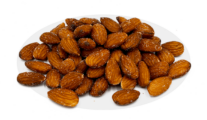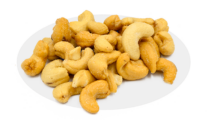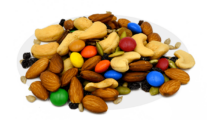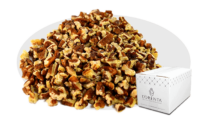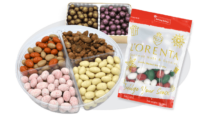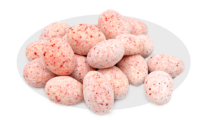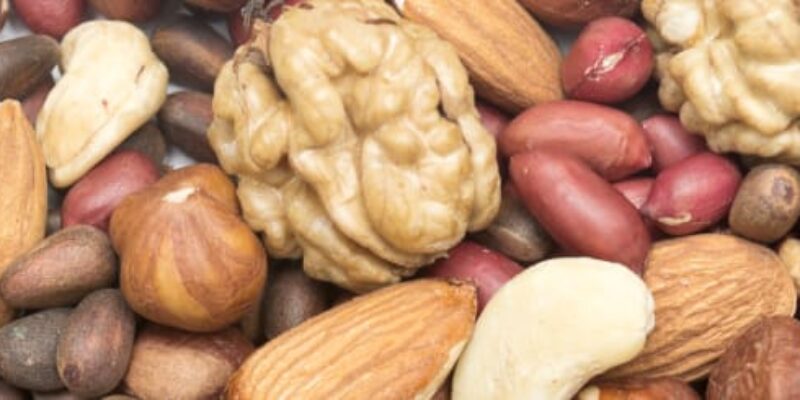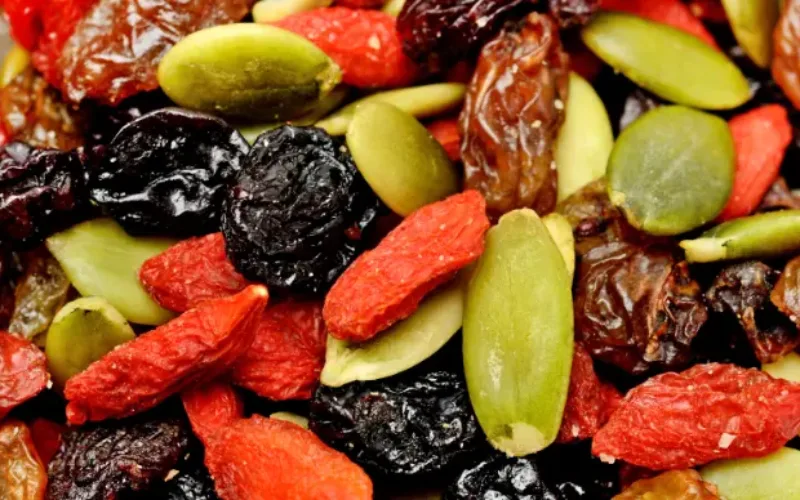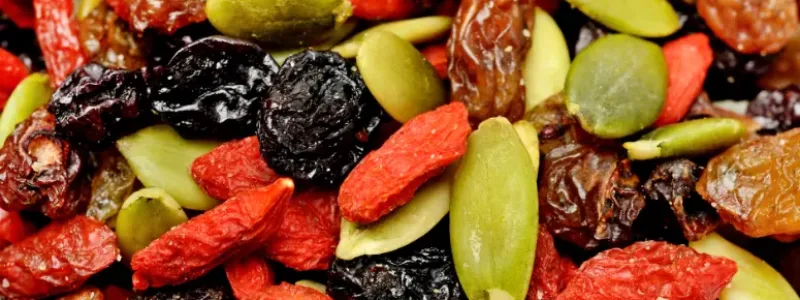Written By Sam Henselijn
5 Nuts For Diabetes. Type 2 diabetes largely influences one’s lifestyle, with diet playing a key part. Nuts are an excellent source of nutrition and have several health advantages. But some nuts are more beneficial for diabetics than others. A nutritious diet can aid in the control of blood sugar levels and the prevention of problems. Nuts are one of the numerous foods that we recommend to patients who have the disease. In this post, we’ll look at why nuts can help people with diabetes and list the best 5 nuts for diabetes to include in a healthy diet.
Why are Nuts Useful for Diabetes?
Do you know nuts have a lot of beneficial fats in them?
Nuts’ unsaturated fats provide a variety of critical roles, including aiding cell growth and protecting organs like the heart.
Nuts are also high in protein, which is a necessary nutrient, as well as a variety of other elements that are beneficial to physical health, such as:
- fiber
- vitamins, such as vitamin E
- folate
- Thiamine
- Minerals, such as magnesium and potassium.
- Carotenoids
- antioxidants
- Phytosterols
However, not all nuts are beneficial to people with diabetes. It would be best to avoid salted nuts because the salt may raise the risk of difficulties.
We recommend the following nuts for people with diabetes:
Almonds
Almonds are nuts that will help people with diabetes in different ways.
A 12-week trial indicated that introducing almonds to people
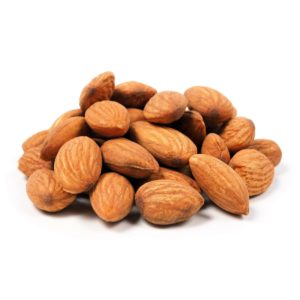
with type 2 diabetes diets improved blood sugar levels and lowered the risk of heart disease.
A new study looked at the effects of daily almond consumption in persons with type 2 diabetes over 24 weeks. According to scientists, almonds help manage blood sugar levels and lower the risk of heart disease.
Almond reduces low-density lipoprotein cholesterol, which can clog arteries. By raising the amount of high-density lipoprotein (HDL) cholesterol, they aid in the removal of LDL cholesterol from the arteries. Almonds help to lower the risk of heart disease in part because of this.
Ways of Consumption: Have them unsalted and raw. Soak them overnight and eat in the morning.
Walnuts and Diabetes
Walnuts are calorie-dense. However, according to a study, they have no significant effect on body weight or composition.
The researchers fed either a low-calorie diet or a walnut-rich diet to 112 adults at risk of diabetes for six months.
They discovered that consuming a walnut-rich diet enhanced the HDL-to-LDL cholesterol ratio without affecting body composition.
Researchers looked at the link between walnut consumption and diabetes risk in 34,121 adults in a study.
They discovered that persons who had eaten walnuts over the previous 24 hours were half as likely to develop diabetes as those who had not.
Ways of consumption: Eat raw walnuts with skin in it.
Cashews
By improving the ratio of HDL to LDL cholesterol, cashews can help lower the risk of heart disease.
Researchers gave 300 people with type 2 diabetes either a
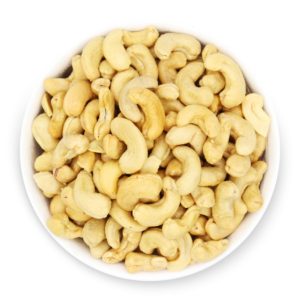
cashew-enriched diet or standard diabetic diet research.
The cashew-enriched diet resulted in lower blood pressure and higher HDL cholesterol levels after 12 weeks. Cashews had no bad effects on blood glucose levels, or it didn’t increase weight as well.
Ways of consumption: Have a handful of cashews.
Pistachios
Pistachios are a good source for energy and are also high in fiber and healthful fats.
Over four weeks, people with type 2 diabetes were given either a pistachio-enriched or a conventional diet as part of a study.
When the pistachio group was compared to the usual diet group, they noticed that the pistachio group’s HDL to LDL cholesterol ratio was much higher. The pistachio diet also resulted in decreased triglyceride levels, implying improved heart health.
Ways of consumption: Avoid salted pistachios. Have them with fruit salad.
Peanuts
Peanuts are a high-protein, high-fiber food. They may aid weight loss and reduce the risk of heart disease.
The influence of peanuts on the diets of females with obesity who were at risk of developing type 2 diabetes was studied in one study.
Peanuts in porridge helped individuals control their blood sugar
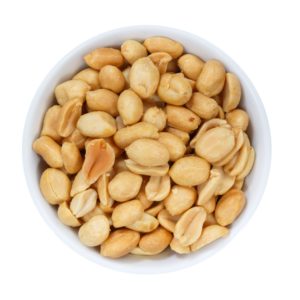
levels and hunger, according to the researchers. This can help you lose weight, which lowers your diabetes risk and can help you to live healthily.
Ways of consumption: You can have raw peanuts ranging from 28 to 30 in number.
Nuts are a versatile item that you can easily incorporate into a healthy diet. For persons with diabetes, they can be a wonderful source of protein and healthy fats. Consider a serving size of a small handful or one-fourth of a cup to avoid consuming too many calories.
Nuts can be a quick and easy snack. Most are safe to consume raw and can be found at most supermarkets. Diabetics should stay away from salted kinds. We hope that this post on the 5 best nuts for diabetes gave you some insight into the nuts.
Maintain your health by eating L’Orenta’s 5 best nuts for diabetes.
Sam Henselijn Author’s Biography – Meet L’Orenta Nuts CEO
Copyright 2024 L’Orenta Nuts
L’Orenta Nuts proudly holds the SQF food safety certification, symbolizing our unwavering dedication to upholding the highest standards of food safety and quality. This certification guarantees that our products undergo rigorous scrutiny, ensuring transparency, traceability, and adherence to global food safety regulations for the utmost consumer confidence.
L’Orenta Nuts has the HACCP (Hazard Analysis and Critical Control Points) certification is a systematic approach to identifying, evaluating, and controlling food safety hazards. It ensures that food products are produced and handled in a manner that minimizes risks and complies with safety standards.
Our GMP (Good Manufacturing Practices) certification ensures that a manufacturing facility adheres to comprehensive quality and safety standards while producing pharmaceuticals, food, and other consumer goods, promoting consistency, quality, and compliance with regulatory requirements.
L’Orenta is an FDA-approved manufacturing facility and has met the rigorous standards set by the U.S. Food and Drug Administration. It demonstrates compliance with regulations, ensuring the production of safe and high-quality food products.


